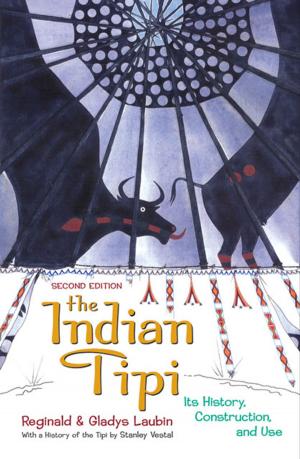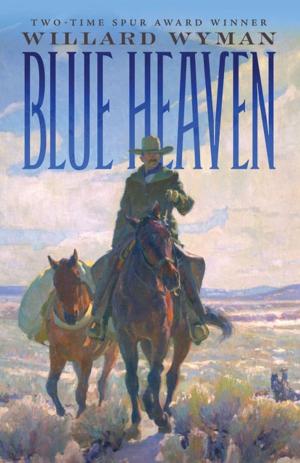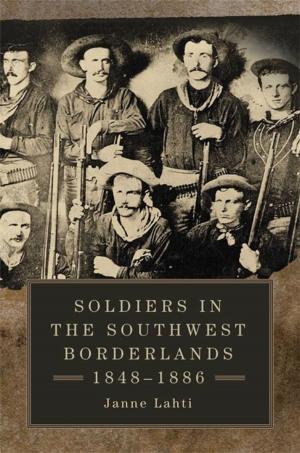Terrible Justice
Sioux Chiefs and U.S. Soldiers on the Upper Missouri, 1854–1868
Nonfiction, Social & Cultural Studies, Social Science, Cultural Studies, Native American Studies, History, Americas, Native American, United States, 19th Century| Author: | Doreen Chaky | ISBN: | 9780806146584 |
| Publisher: | University of Oklahoma Press | Publication: | September 12, 2014 |
| Imprint: | University of Oklahoma Press | Language: | English |
| Author: | Doreen Chaky |
| ISBN: | 9780806146584 |
| Publisher: | University of Oklahoma Press |
| Publication: | September 12, 2014 |
| Imprint: | University of Oklahoma Press |
| Language: | English |
They called themselves Dakota, but the explorers and fur traders who first encountered these people in the sixteenth century referred to them as Sioux, a corruption of the name their enemies called them. That linguistic dissonance foreshadowed a series of bloodier conflicts between Sioux warriors and the American military in the mid-nineteenth century.
Doreen Chaky’s narrative history of this contentious time offers the first complete picture of the conflicts on the Upper Missouri in the 1850s and 1860s, the period bookended by the Sioux’s first major military conflicts with the U.S. Army and the creation of the Great Sioux Reservation.
Terrible Justice explores not only relations between the Sioux and their opponents but also the discord among Sioux bands themselves. Moving beyond earlier historians’ focus on the Brulé and Oglala bands, Chaky examines how the northern, southern, and Minnesota Sioux bands all became involved in and were affected by the U.S. invasion. In this way Terrible Justice ties Upper Missouri and Minnesota Sioux history to better-known Oglala and Brulé Sioux history.
They called themselves Dakota, but the explorers and fur traders who first encountered these people in the sixteenth century referred to them as Sioux, a corruption of the name their enemies called them. That linguistic dissonance foreshadowed a series of bloodier conflicts between Sioux warriors and the American military in the mid-nineteenth century.
Doreen Chaky’s narrative history of this contentious time offers the first complete picture of the conflicts on the Upper Missouri in the 1850s and 1860s, the period bookended by the Sioux’s first major military conflicts with the U.S. Army and the creation of the Great Sioux Reservation.
Terrible Justice explores not only relations between the Sioux and their opponents but also the discord among Sioux bands themselves. Moving beyond earlier historians’ focus on the Brulé and Oglala bands, Chaky examines how the northern, southern, and Minnesota Sioux bands all became involved in and were affected by the U.S. invasion. In this way Terrible Justice ties Upper Missouri and Minnesota Sioux history to better-known Oglala and Brulé Sioux history.















